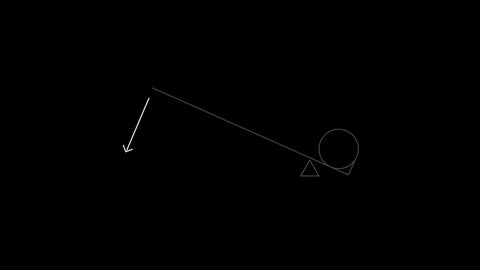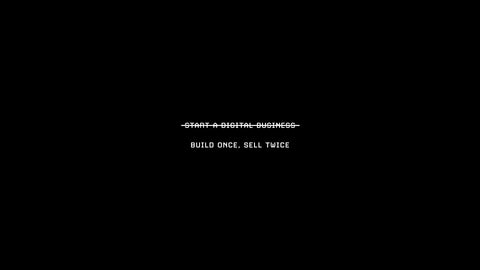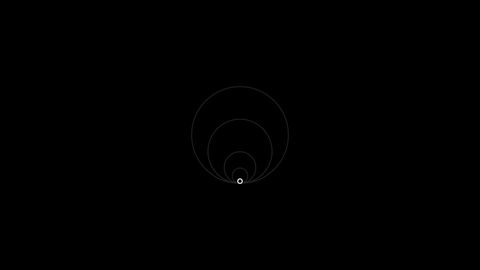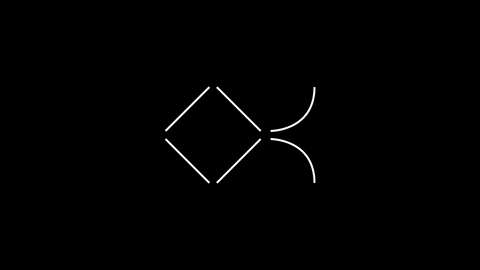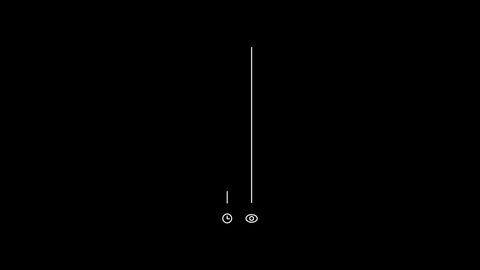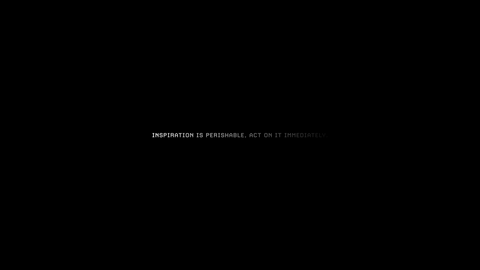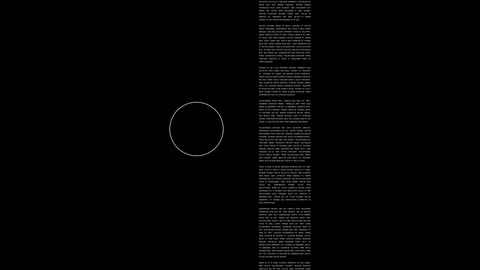"Should I start a personal brand or a company brand?"
This is a question we receive on a weekly basis.
Our opinion on the difference between personal brands and company brands is not a one-size-fits-all recommendation, but more of a perspective on what to consider.
The first thing to acknowledge is that you can build a personal brand by simply publishing your ideas on any given platform where you have a profile. The investment to start and maintain a "company" brand is a little different. Since “company” has such a broad set of connotations, we’re going to use the term “project brand” to distinguish anything that isn’t a personal brand.
So when do “project” brands make sense?
In some circumstances, a project brand can create more optionality in the long-run. The advantage of a brand not being attached to an individual widens the set of possibilities for expanding a team, producing a portfolio of products, and potentially selling the company in the long-term.
The short-term downside here is it takes longer to form an attachment to something that is a couple of steps removed from an actual person.
The upside is the ability to confine and document a specific project over the long-term.
For example, @jackbutcher on Twitter is far more effective in converting sales for Visualize Value products than @visualizevalue. Why?
Our hypothesis: People buy from people. The signaling of skin-in-the-game and accountability that comes with selling products under your own name can also not be underestimated.
Does that mean the Visualize Value brand should not exist? In our opinion, no.
Why not? Because it creates equity in a specific “project.”
Performing some hindsight analysis, the early focus of Visualize Value (thematically consistent black and white images) likely captured more attention and subscribers due to people buying into the “product” (the only product early on was the content itself).
Had the same content simply been posted as 25% of the content published from @jackbutcher, the same may not be true. Not everyone is interested in the other 75%.
Our guess is VV is an easy follow for that reason, if you like 1 image, chances are you’ll like the next one too.

As always, it comes back to the consistent ability to produce things that people enjoy consuming. There is no exact formula, but if you have an idea that is focused enough to warrant a “project brand,” there’s a strong possibility that by separating it into a different feed, you’ll capture a more significant audience, and grow equity in something that doesn’t depend on your name and face in perpetuity.
In our case, when VV reached critical mass (a few thousand followers) we began to leverage it to grow @jackbutcher - we eventually added “by @jackbutcher” to the VV Twitter bio (and it was the only account VV followed). We began to occasionally expose the VV audience to the thinking behind the brand, and giving them the option to opt-in or out of that story.

We continue to leverage the VV platform to repost @jackbutcher's Tweets within the brand feed - after a few weeks, we usually go back through and clean up the @visualizevalue account by removing any retweets for the sake of cleanliness.
Again, this is not an exact prescription, but an ongoing feedback loop that combines the gut instinct you will develop and the data you can read.
Some more anecdotal evidence from our experience:
Before Visualize Value, we built a small advertising agency in 2017 named “Opponent” - presence across social platforms was table stakes, but we didn’t do a great job of producing engaging content.
That said, the brand was a useful tool in establishing credibility, no Fortune 500 company is doing business with “Jack & Celia Butcher LLC.”
Again, the ability to scale on social media is heavily determined by the level of focus applied to the content produced.
Why would someone follow this? What’s in it for them?
We still couldn’t answer these questions in Opponent’s case.
When Visualize Value began to gain traction, the mistakes we’d made here became obvious. We lacked the focus that would keep people coming back.
We were not passionate about or interested in running a one-size-fits-all, me too, advertising agency.
Now, Opponent is nothing more than an inactive Instagram page:
Together, Celia and I have been working on brands for a collective 20-years of all sizes and industries, and a lot of it comes down to experimentation, intuition, and gut.
It’s all a series of feedback loops, that must be driven by an innate interest to have any chance at survival.
We cover our journey of transitioning our non-specific agency business to a scalable digital product business in our training Build Once, Sell Twice.



